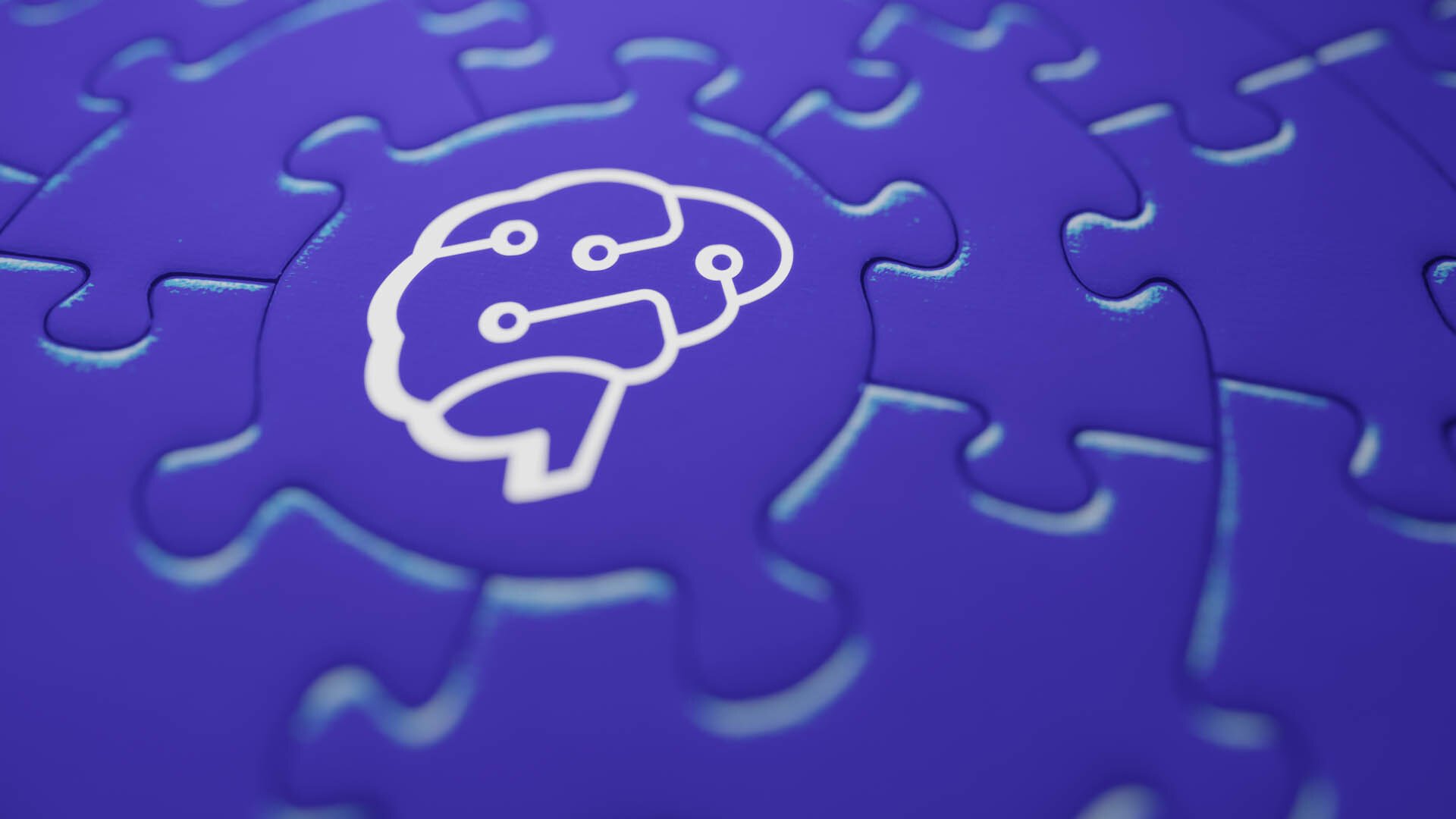

Prove AI is first of its kind in blockchain enabled tamper-proof AI governance system
National Institute of
Standards and Technology
NIST AI 600-1: Artificial Intelligence Risk Management Framework – Generative Artificial Intelligence
Recognized standard for Blockchain Technology
US Federally recognized standard for secure and trustworthy AI-governance

Version Control
Maximize productivity and reduce downtime via the ability to roll back to previous versions of a given AI model
Multi-Party
Access
Maintain a clear workflow between consumers and providers to realize ongoing, actionable insights.
Auditability
Automatically maintain a highly serialized log of workflow requests and approvals to ensure regulatory compliance.
Certification
Securely and transparently enable third-parties to access AI training data and provide relevant attestations.

Casper Labs and IBM are pushing AI forward
Overcome risk. Realize AI’s full potential with a comprehensive AI governance solution that’s designed to work seamlessly with IBM’s watsonx.governance suite.
A tamper-proof way
to manage AI metadata
Realize an unprecedented level of visibility and control when working with AI training data.
AI governance, reimagined with Prove AI
Learn how an immutable, tamper-proof database provides a critical layer of visibility and control for managing AI metadata.

EU AI Act FAQs
Yes – thanks to the proliferation of AI-focused legislation around the world, including the EU AI Act and the California AI Accountability Act, organizations are facing a new urgency to define and implement clear governance strategies to ensure their AI data management practices are in line with emerging regulations.
Blockchain’s distributed ledger features make it prohibitively difficult for third-parties to tamper with data once it’s been recorded. There is no single point of failure, meaning that organizations can reliably audit highly serialized data sets and readily confirm whether or not data has not been altered – and if it has been, determine when, and by whom. This feature is crucial for maintaining the integrity of data used by AI, particularly in industries where high-risk AI applications are a regular occurrence.
This enhanced visibility can enable more efficient internal workflows, as well as help demonstrate regulatory compliance. Storing AI algorithms and models on the blockchain also enables third parties to audit and verify the AI’s fairness, safety, and non-discrimination, which are essential aspects of compliance with the AI Act.
These benefits don’t just apply to AI systems that are higher up on the risk-scale. Blockchain-powered smart contracts can be useful for those with “limited risk,” too. Self-executing contracts can automate compliance processes within AI models, enforcing data protection and privacy standards specified by the AI Act, including the requirement for explicit consent for data processing, or the right to explanation for automated decisions.
Learn how Casper’s new governance tool can help your business keep up with new regulations.
Any AI expert will tell you that the technology’s transformative benefits come with significant risks. From rising data privacy concerns, to the proliferation of deepfakes and misinformation, to recurring hallucinations among chatbots, businesses and consumers alike are growing increasingly aware of where AI systems today fall short.
Because of this, policymakers in the European Union (EU) saw the need to create comprehensive guardrails in this evolving market. On March 13, 2024, the EU parliament passed the landmark AI Act. It was the first time in which an extensive set of regulations was approved for the purpose of governing AI-human interactions.
At its core, the EU AI Act is a document that outlines the levels of risk for AI applications across industry use cases, and establishes standardized measures to monitor and report AI-related threats to human wellbeing and fundamental rights. Now, companies are able to evaluate their own AI products against specific criteria to ensure a safer, more ethical user experience.

